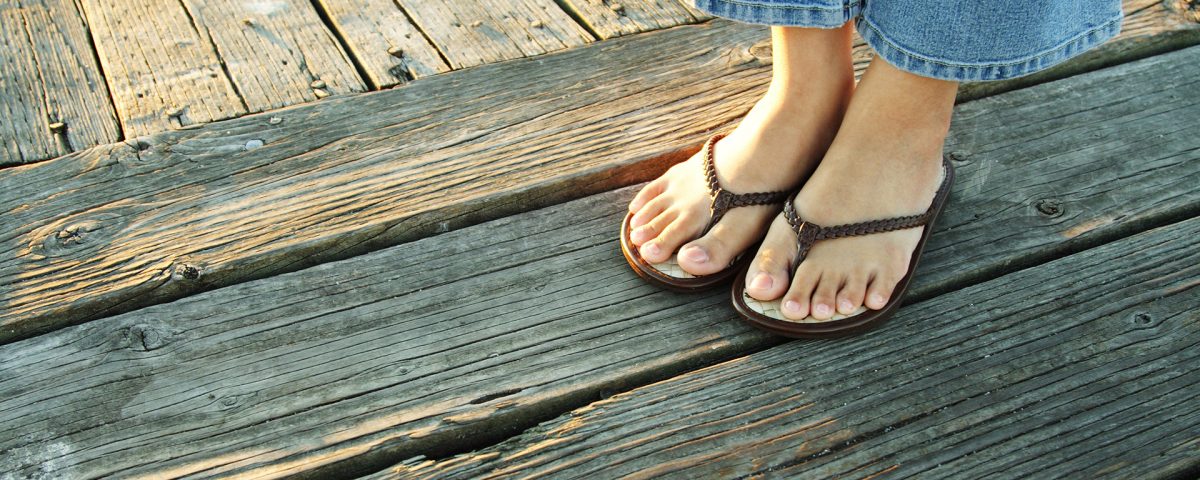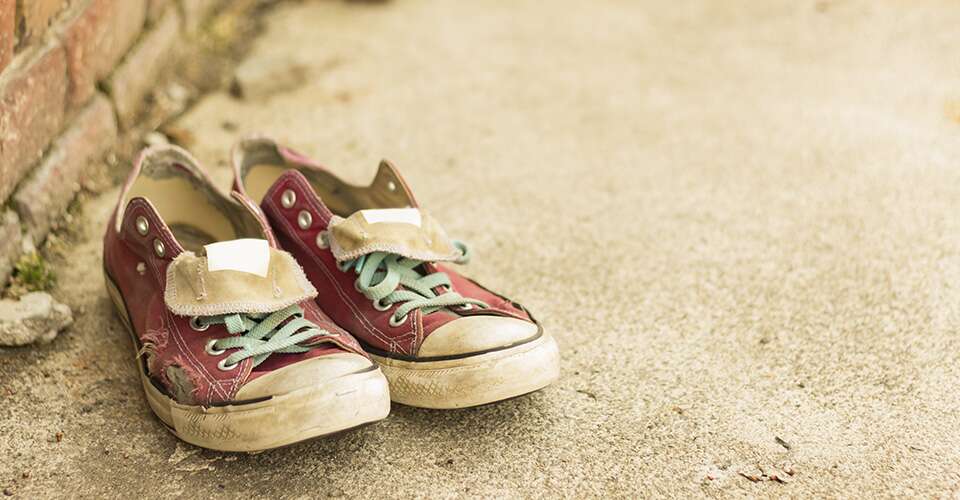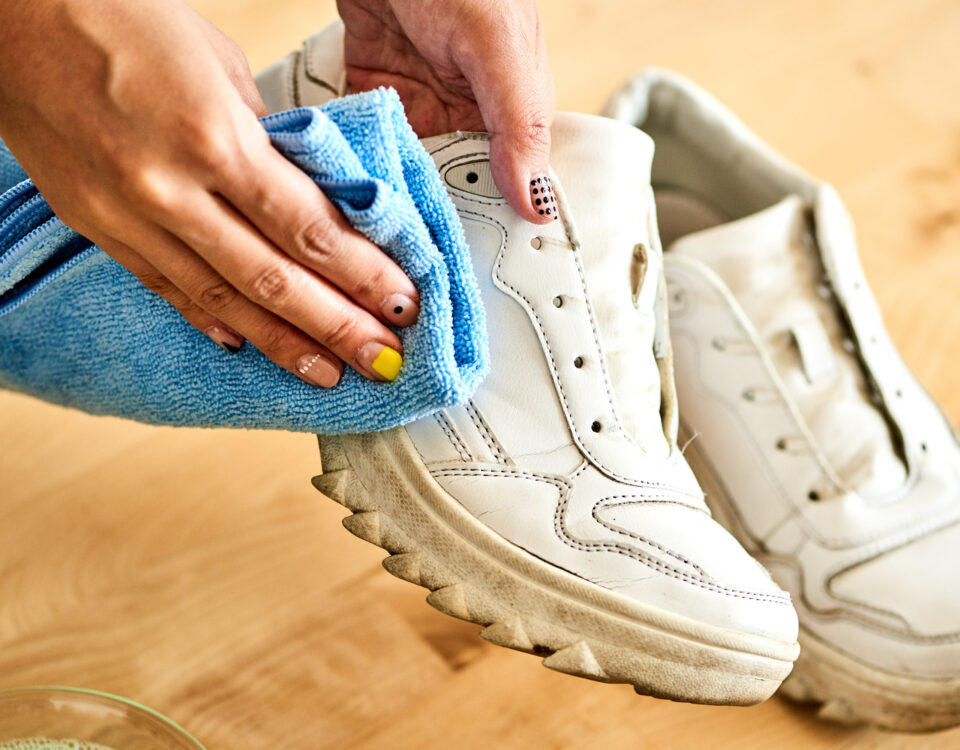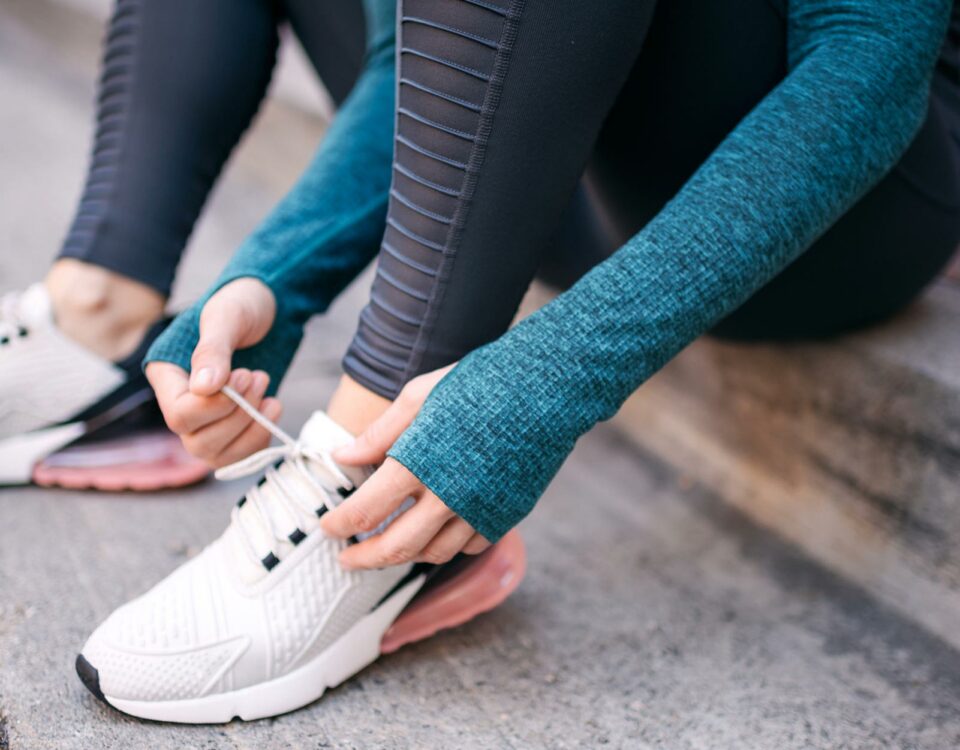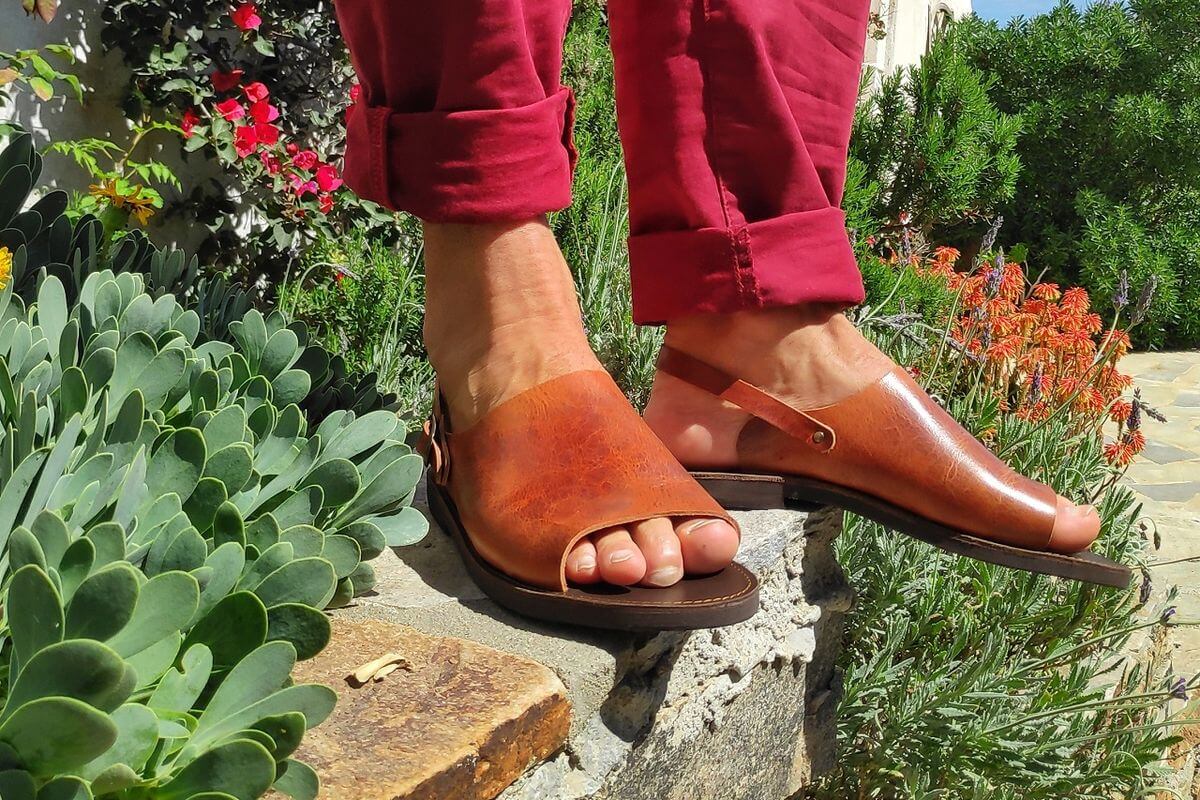
How Are Leather Sandals Made?
October 18, 2022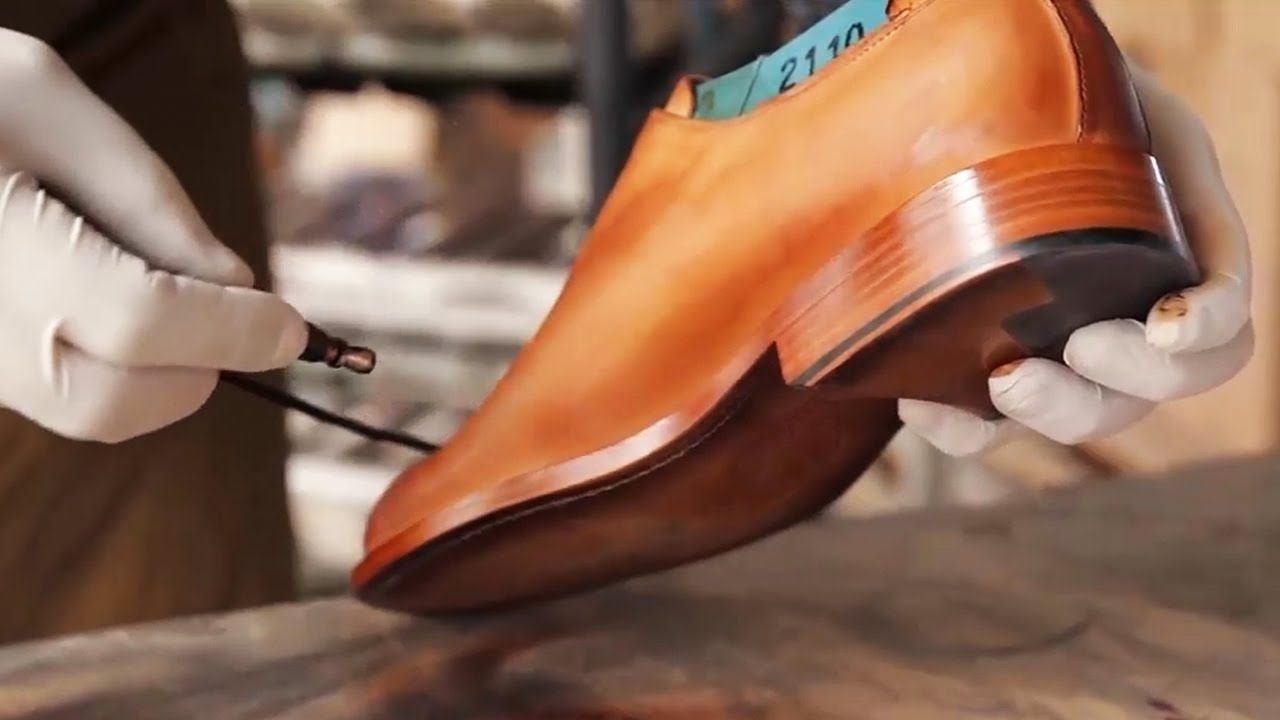
How Are Shoes Made?
October 24, 2022How Are Flip Flops Made?
What do you think of when you hear the word “flip-flop?” Most people probably think of those flimsy rubber sandals everyone seems to wear in the summer.
But what most people don’t know is that flip-flops have been around for centuries, and they are made of several different materials.
In this blog post, we will take a closer look at how rubber flip-flops are made, and we will also discuss some of the benefits and drawbacks of this type of footwear. So if you’re interested in learning more about flip-flops, keep reading!
How Private Label Flip Flops Are Manufactured
Selection Of Materials
Ah, the flip-flop. That essential summer footwear says, “I’m on vacation” or “I just don’t care.” But did you know that behind those simple rubber soles lies a world of complex material engineering? That’s right, flip-flops are available in many fabrics, from inexpensive plastic foam to high-quality vinyl. And each material has its unique benefits.
For example, polyurethane is lightweight and durable, making it ideal for active wear.
Rubber, on the other hand, is more flexible and cushioning, making it perfect for long walks on the beach. However, rubber flip-flops are more practical but can be less comfortable for long walks. Ultimately, it is vital to find a balance between style and comfort.
So next time you slip on your flip-flops, take a moment to appreciate the sophisticated engineering that went into them. Who knows, you may even learn to love them a little bit more.
Designing Process
The next step in the manufacturing of flip-flops is the design. Simply put, it states what your flip-flop will look like.
The most important thing to consider while designing a flip flop is its comfort level. You wouldn’t want to end up with a design that makes your feet sore, now would you? Another thing to keep in mind is the material of the flip flop.
Rubber and plastic are the most common materials used, but there are also those made of leather or fabric.
And finally, you have to decide on the color and pattern of the flip flop. With so many choices available, it’s easy to get overloaded with information. But don’t worry; take your time and choose the perfect flip-flop.
Creating a Structure
The humble flip-flop may not seem like a complex piece of footwear, but quite a bit of design and engineering goes into its creation. The first step in the manufacturing process is designing a flip-flop base.
This can be done by hand or with the help of cutting dies and is typically made from EVA, rubber, or other suitable materials. Once the base is cut to shape, holes are drilled for the straps that will hold the flip-flop to the foot.
With the basic structure in place, the manufacturing process can add all the other elements that make a flip-flop a flip-flop.
The Actual Process
Now comes the actual manufacturing of rubber flip-flops. It’s hard to believe that such a simple summer staple as the flip-flop can take an entire hour to produce. But when you break down the process, it makes perfect sense.
After all, each flip-flop is essentially a tiny piece of intricate machinery, with multiple parts that must be carefully assembled.
The main step is to create the basic structure from rubber-like plastic pellets. These pellets are heated and injected into hinged metal molds, designed to create a single shoe each time they are filled.
Once the material has cooled and hardened, workers trim any excess material from the molds. The molds open two at a time, and the finished flip-flops are eager to start their new lives keeping their toes cool and comfortable.
Flip Flop Straps
Have you ever wondered how those dainty little straps stay securely fastened to your feet as you flit about in your flip-flops? It’s not magic, but it’s definitely skilled labor. The process of assembling the straps is quite delicate and requires a deft hand.
First, the strap is fed through the gaps and holes in the flip-flop. Then, a small plastic disc is inserted to keep the strap from returning through these gaps. Each belt’s entire process is repeated, ensuring a snug and comfortable fit.
So next time you slip on your flip-flops, take a moment to appreciate the craftsmanship that went into keeping them securely on your feet.
Attachment Of Pieces
The next step in the manufacturing of flip-flops is assembling. In this step, the sole or bottom of the shoe and the top strap are attached to the flip-flop structure, a v-shaped material with all three ends connected to the flip-flops.
This step is usually done by machine, but in some cases, it may be done by hand. After the outsole and strap are attached, the flip flop is passed through a machine that welds or sews the three parts together.
Inspection
In the process of creating a brand new pair of flip-flops, the experts inspect them for any defects, even minor ones. The flip-flops that pass must be trimmed of any excess material before shops place them on racks.
Any failed flip-flops are immediately destroyed. The process is simple but necessary to ensure that only the perfect flip-flops are created.
After all, no one wants to wear a pair of second-rate flip-flops. So, the next time you slip on a pair of new flip-flops, take a moment to appreciate the time and effort that went into their creation.
And if you see an imperfect pair, don’t hesitate to let the manufacturer know. They’ll appreciate the feedback.
Packaging and Shipment
The manufacturing process is a long and complicated journey for any product, but it always ends with packaging.
For flip flops, this typically means being placed in a box or bag and then shipped off to retailers. It’s the final stop before the product reaches consumers, and it’s an essential part of the process.
After all, nobody wants to purchase a pair of dirty flip-flops that have been thrown around without any protection.
Packaging ensures that products arrive in pristine condition and are ready for use. It’s a vital step in the manufacturing process and one that should never be overlooked.
In The End:
So there you have it, the secret to how flip-flops are made. As you can see, it’s a pretty simple process that doesn’t require a lot of fancy equipment or materials. All you need is a good pair of hands and some creative thinking. We hope this post has given you a new appreciation for one of the summer’s most essential accessories. Now that you know how they’re made buy yourself a nice new pair.


